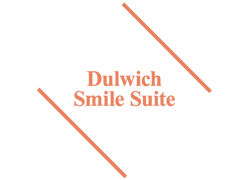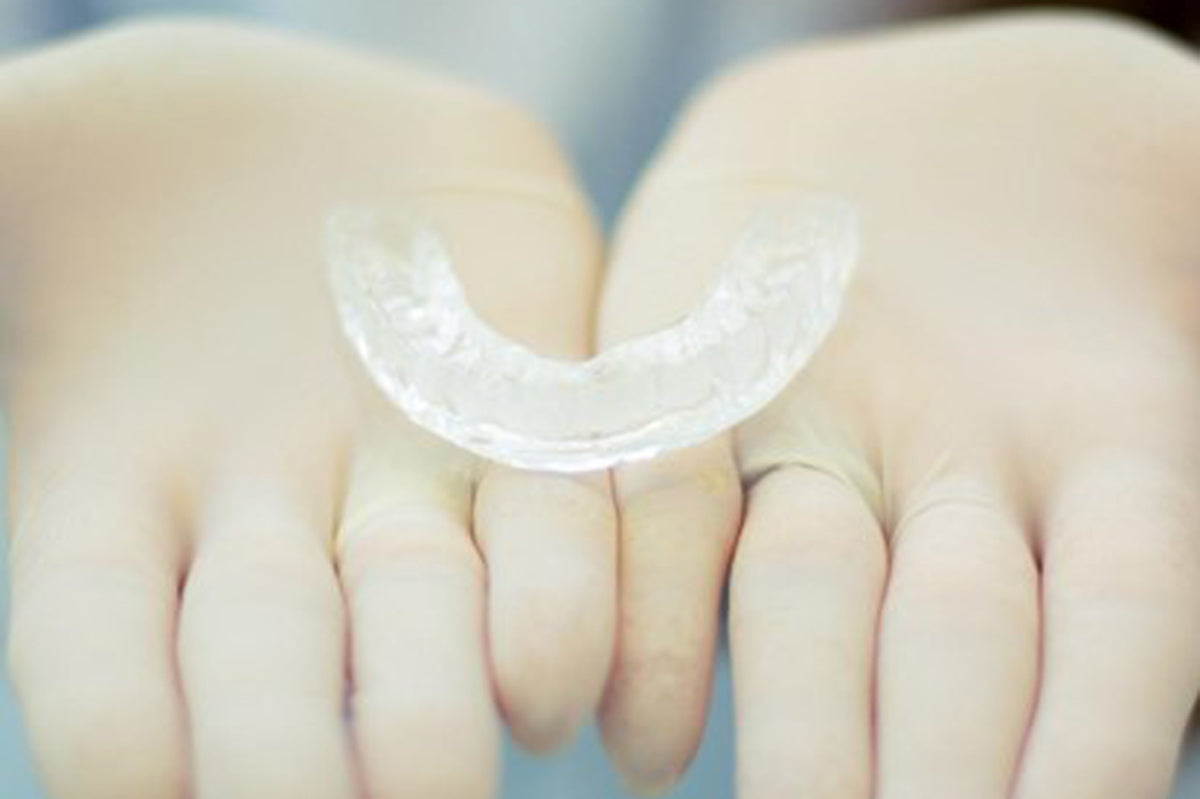If you’re eagerly awaiting the day when your braces come off, you might think all the hard work is over. Your teeth are in their new position and your smile looks great, so that’s it, right? Well, not quite. Teeth have a great memory. The ligaments that connect the teeth to the jawbone can activate their muscle memory and start to move the teeth back into their old position, once the forces of braces stop being applied. For this reason, it’s important to wear an orthodontic retainer to help keep your teeth in their new position.
What is an Orthodontic Retainer?
A retainer is an orthodontic appliance that looks similar to a brace, but in a simpler form, and is used after braces treatment to prolong the results.
Wearing a retainer is an essential part of the process after orthodontic treatment, helping to keep your teeth in their new position. Depending on your individual case, your retainer may be a fixed or a removable type.
A fixed retainer is a thin wire that is discreetly attached to the front of your teeth, just like a simple brace. A removable retainer is a clear and thin retainer that takes the shape of a gum shield and is worn over your teeth, most likely when you are sleeping.
Your orthodontist will be able to advise you on the type of retainer you need and for how long you should wear it. You may be advised to wear the retainer for a certain amount of time each day, for specific periods, or even indefinitely.
How to Use an Orthodontic Retainer
It is important to wear your retainer regularly, as instructed, so that your teeth remain in the desired position after you have finished your orthodontic treatment. It is also important that you look after your retainer to ensure it can do its job effectively.
Before putting it in your mouth, rinse your retainer with mouthwash or soap and water to remove any bacteria and keep it clean. When you are ready to put it in, make sure your teeth are clean and free of food particles. Once it is in your mouth, press it gently against your teeth and bite down slightly to ensure it is in place. Remember to remove and clean your retainer regularly.
If your retainer is fixed, then you won’t be able to remove it, but will just need to pay extra care and attention to keeping your teeth and gums clean whilst wearing the appliance.
The Benefits of a Retainer for Orthodontic Treatment
Here are just a few of the benefits of wearing a retainer after orthodontic treatment:
- Stabilise the bite: once your braces are removed, retainers help the soft tissue and bone around your teeth adapt to the changes made in tooth positioning, making it less likely for the teeth to shift out of their positions.
- Maintain space for new teeth: retainers are used to make sure there is enough space in the jaw to accommodate new teeth such as wisdom teeth.
- Prevent treatment reversal: teeth will start to move back to their old position after the removal of braces, but with the use of a retainer, this reversal can be prevented. Depending on the case, it may be necessary for the retainer to be worn for a few years. As you grow older, it's normal for your teeth to move and shift, regardless of whether you've previously had orthodontic treatment. However, if you've spent the effort and money to get a perfect smile, it makes sense to do whatever you can to maintain it.
- Align the jaw bone with the gums: retainers help to accelerate alignment and stabilise your bite, as well as helping your jaw bones and gums stay in their new positions.
Ultimately, an orthodontic retainer can help to keep your teeth in their new position until your mouth adapts to the changes. Wearing your retainer regularly, or as instructed by your orthodontist, is the best way to ensure your beautiful, functional smile lasts.
For more advice on wearing your retainer please ask at your next appointment, or contact our orthodontic team here.






